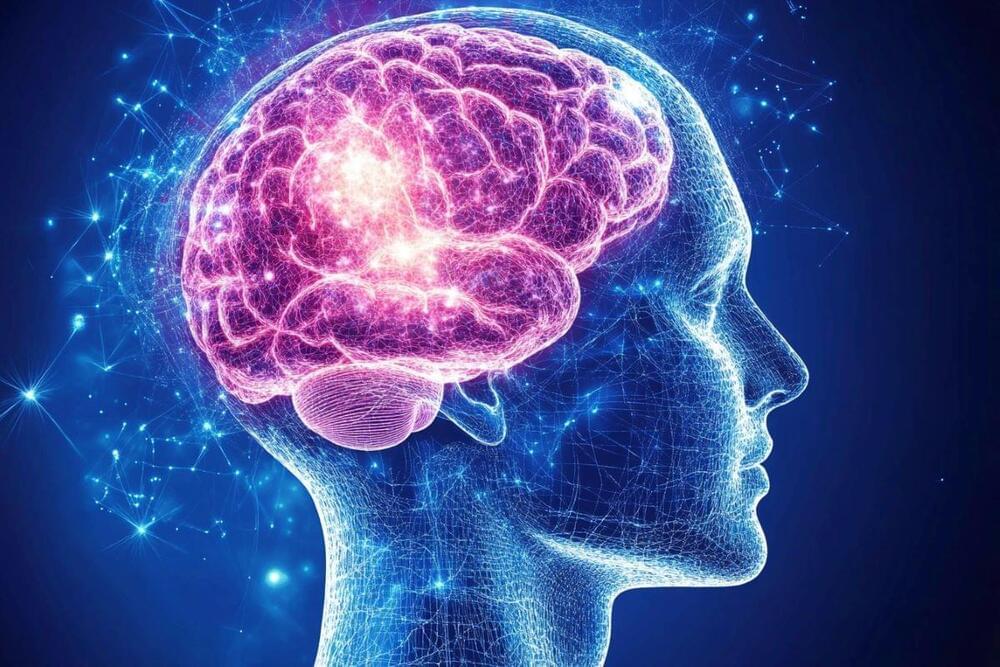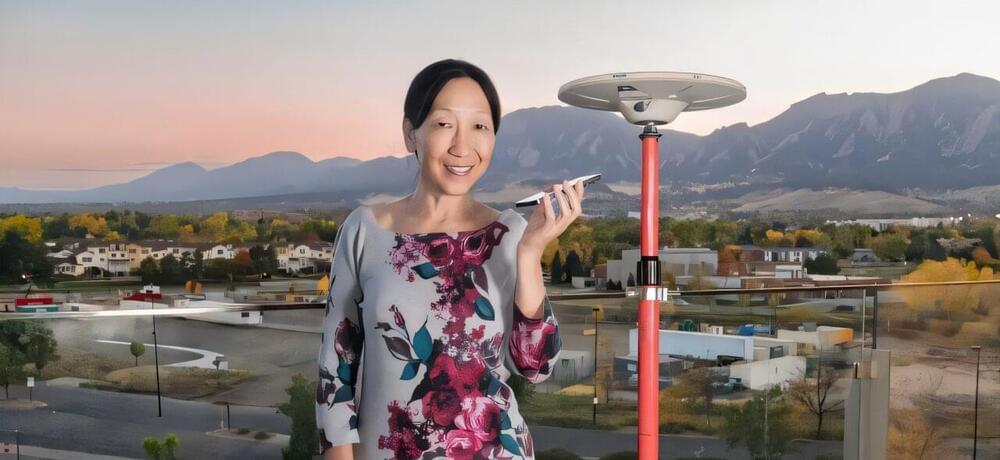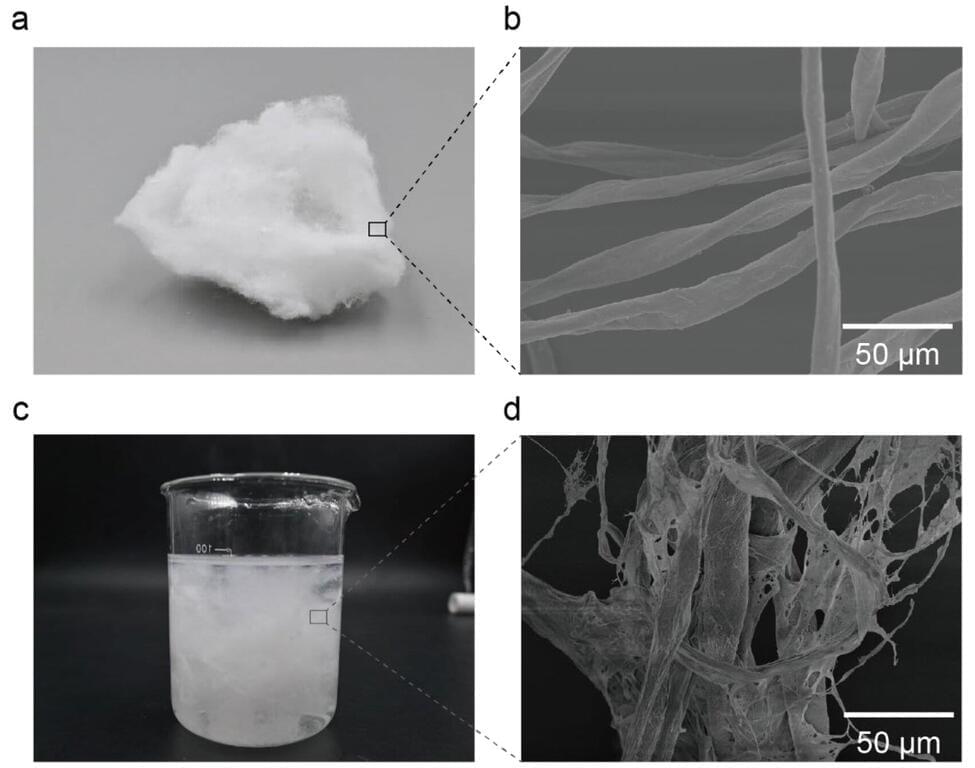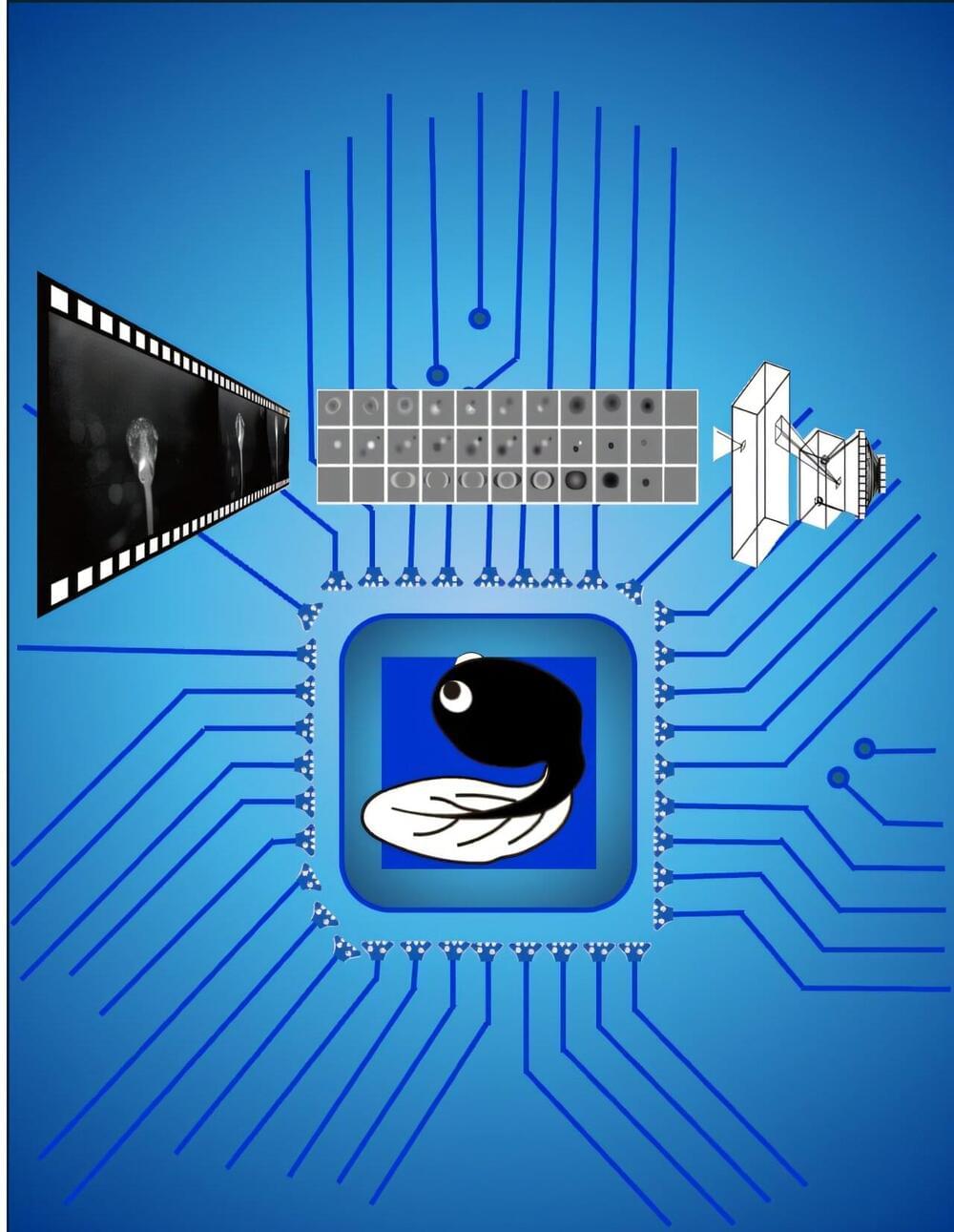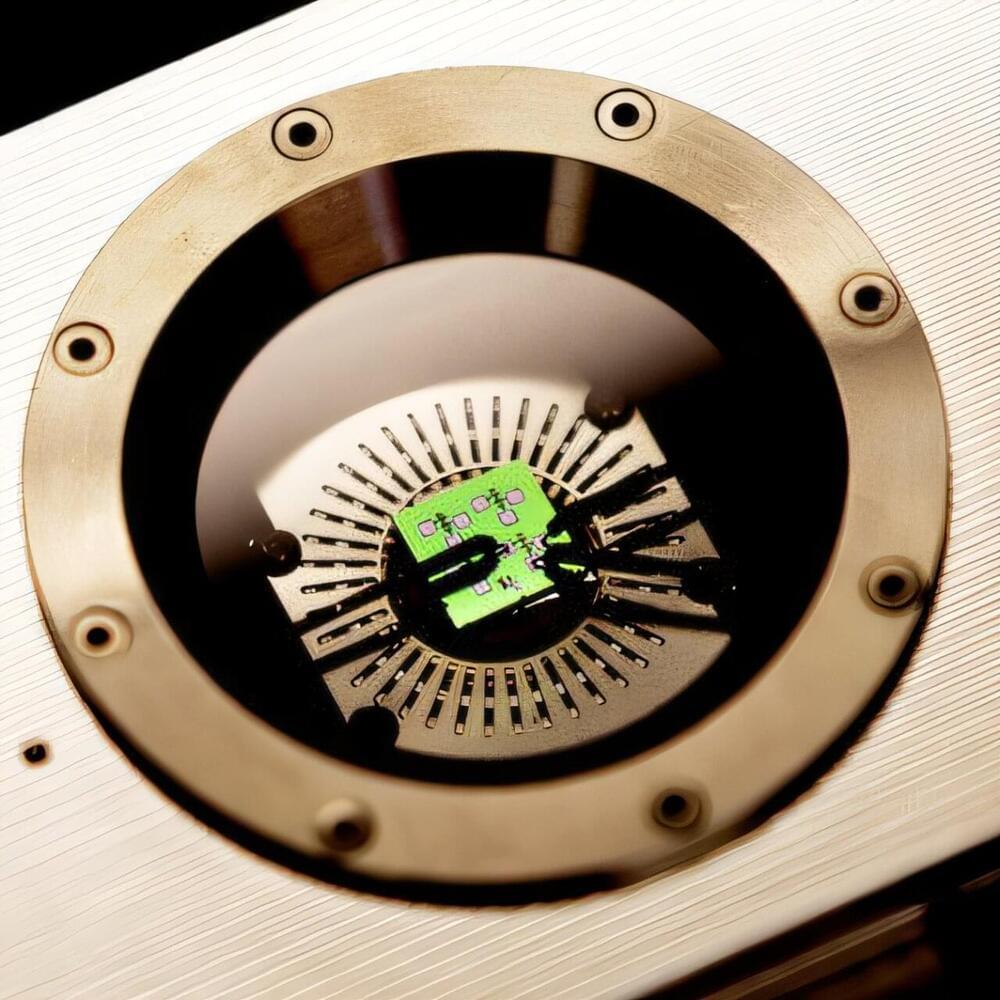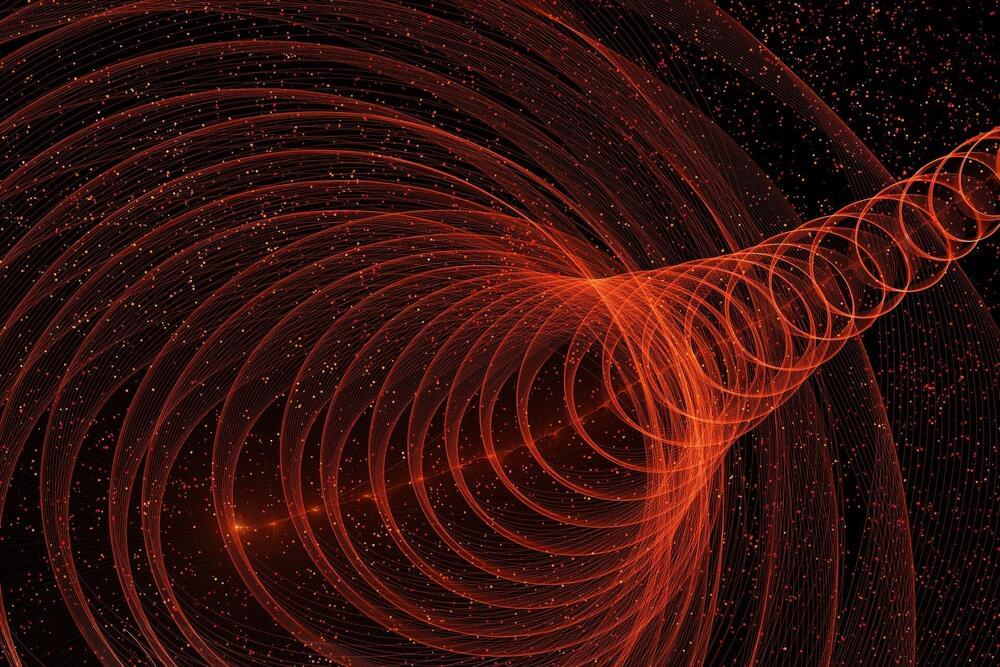
SACRAMENTO — A magnitude 5.5 earthquake that struck in a remote area of Nevada on Monday afternoon sent shaking throughout Central California, including the Sacramento area.
In Sacramento, one person saw ornaments on a Christmas tree sway, as did some blinds for less than a minute. Water sloshed in a swimming pool, another person said. In Davis, a computer swayed for just a few seconds and a desk chair was jolted, while a young man reported feeling his bed sway and an unnerved poodle sought comfort.
In Reno, about 50 miles northwest of the quake’s epicenter, someone at KTVN-TV captured a video of the star on the newsroom’s Christmas tree still quivering — barely — as staffers scrambled to cover the earthquake. One person could be heard saying they hadn’t felt anything.


